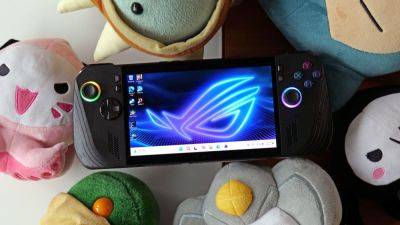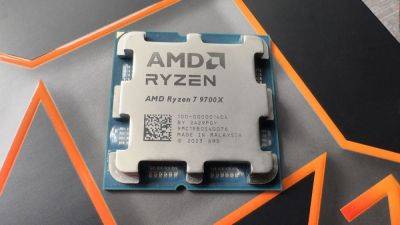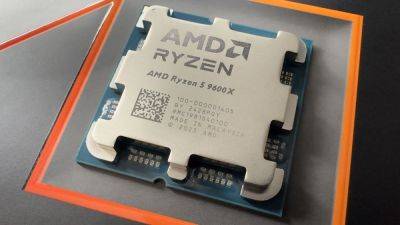Asus ROG Ally X review
The original ROG Ally handheld gaming PC is barely a year old but Asus felt the need to give it a raft of much-needed updates and rename it as the ROG Ally X. Most of the internals remain the same—an AMD Ryzen Z1 Extreme still powers it—but the most notable changes fix just about everything that wasn't great with the initial version.
While reasonable enough in size, the 40 Wh battery and 512 GB SSD in the first Ally were hard limits to how many games you could store on the Ally and how long you could use it. Asus has doubled both figures for the X variant and it's now far more convenient to use as a gaming machine.
Asus has also switched to using the larger M.2 2280 format in the Ally X. The older models used the more compact 2230 format but such drives are always more expensive than the more familiar size.
In fact, it's just a far better gaming PC full stop, because the major changes aren't just limited to the battery and NVMe storage. The amount of RAM soldered onto the motherboard has been increased from 16 GB to 24 GB (essentially a dual-channel 12 GB kit), and the extra memory space means the Ally X is much more comfortable using an 8 GB VRAM limit. The original Ally had this limit too but it's better to decrease it to 6 GB on that device, to ensure there's sufficient system memory to run the latest games.
That's no longer the case with the Ally X and you can just jump in and start gaming on it, without having to worry about fiddling with the settings. Well, for most games at least and I'll come to why that's the case later.
The initial experience of picking up and using the handheld is much nicer than the first-gen model, thanks to the redesigned body. The 'handles' on each side have smoother curves to them, and along with the firmer thumbsticks, smaller back buttons, and better quality shoulder buttons, the Ally X is easier to hold and game for hours compared to the original Ally.
Asus has retained the 7-inch 1080p, 120 Hz IPS display from the Ally but that's







